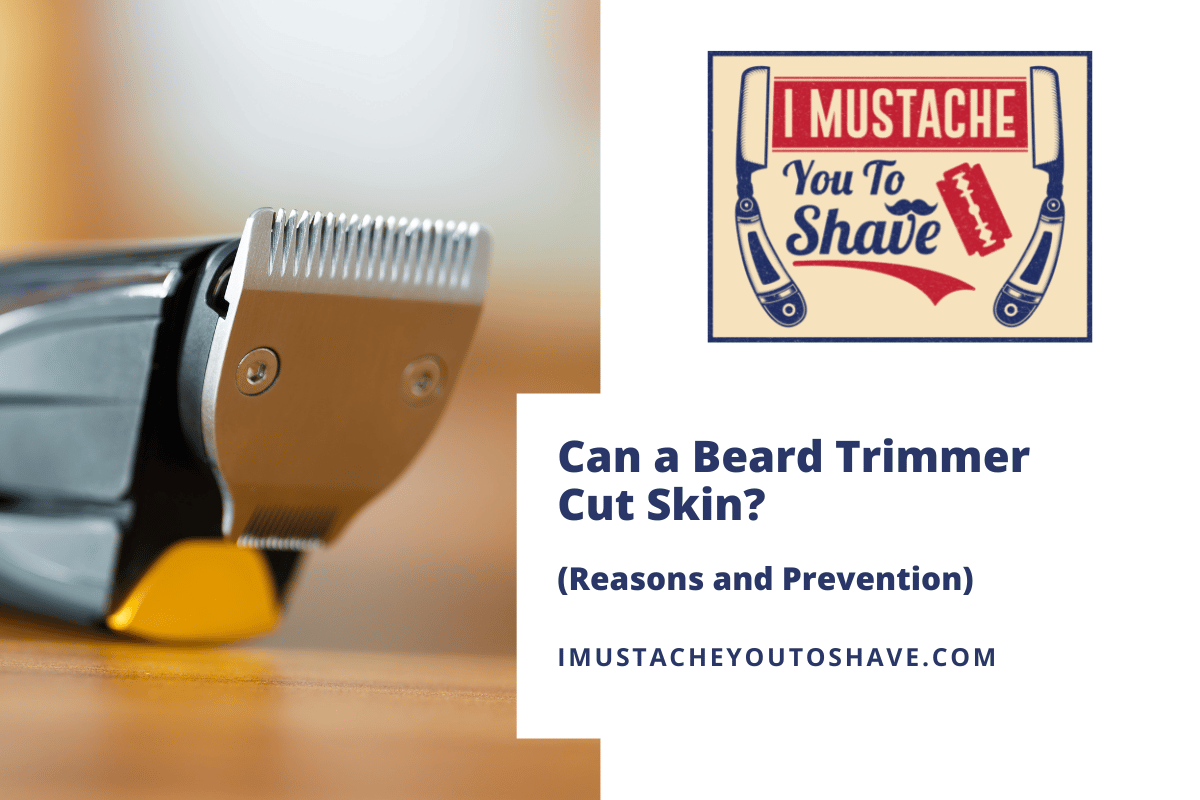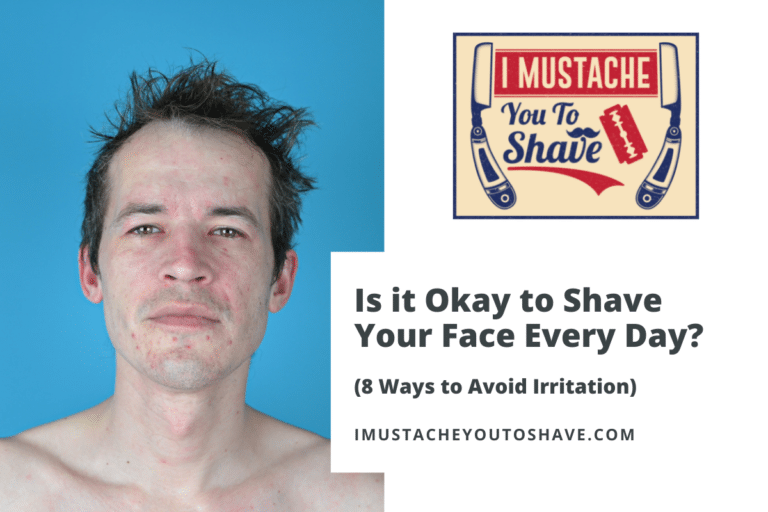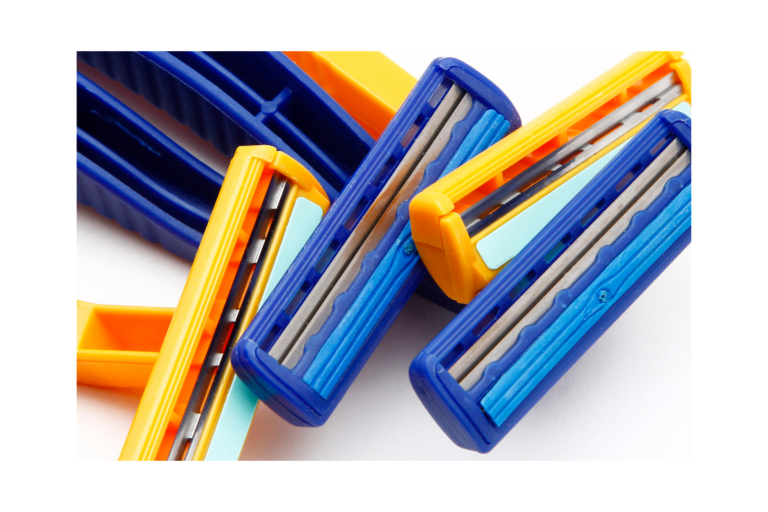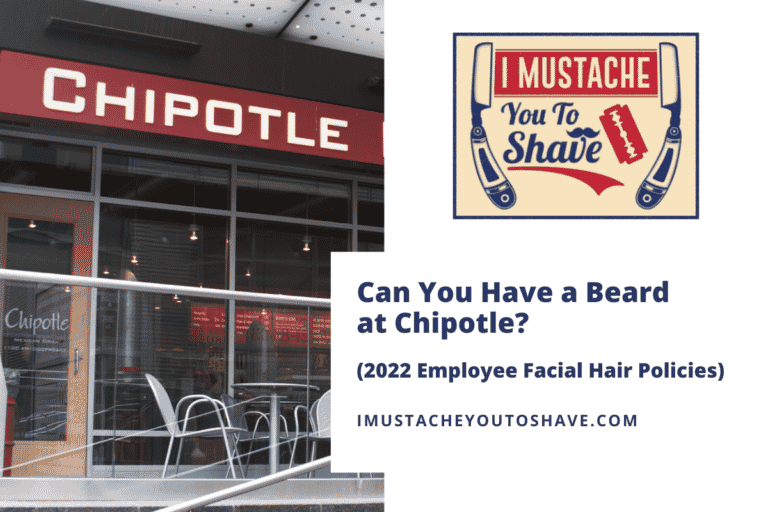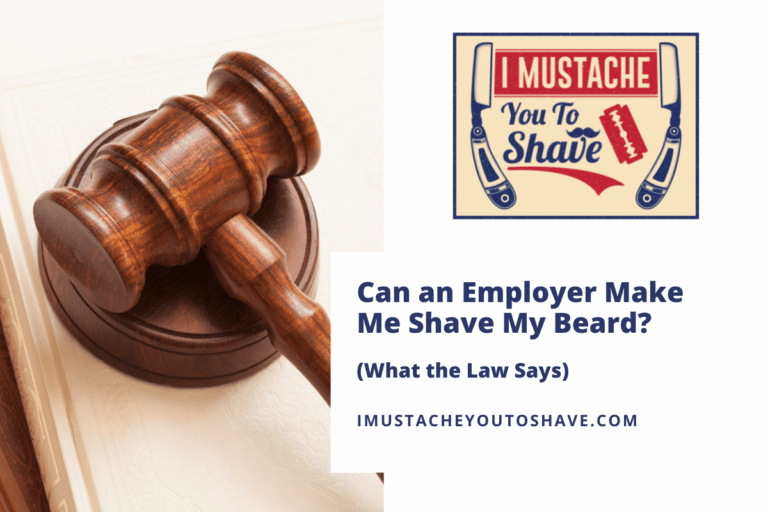Can a Beard Trimmer Cut Skin? (With 5 Quick Fixes)
There are a lot of assumptions and concerns about beard trimmers that are mistaken, unfounded, and just plain wrong. Some people believe that the overuse of trimmers can cut skin or cause acne, but this is not the case.
A beard trimmer can cut skin, but it is unlikely to do so if you’re using it correctly. To avoid cutting yourself with a beard trimmer, use reasonable pressure, hold the trimmer at the proper angle, and ensure the blades are sharp and properly aligned. It is also possible to injure yourself with the trimmer if you shave over acne or irritated skin.
Read on learn more about why your beard trimmer might be cutting you and what you can do to stop it.
5 reasons your beard trimmer is cutting your skin
Beard trimmers work by oscillating a moving, usually stainless steel blade against a stationary blade of the same material. These blades are housed within an assembly that contains a DC motor and a shave guard.
Because the trimmer’s blades move horizontally, there is the chance for skin to be pinched between the fast cycles of the motor. However, due to the guards that add distance between the mechanism and the face, this is unlikely.
It is more likely that you will cut yourself with a beard trimmer if you are:
- Exerting excessive pressure
- Shaving at the improper angle
- Using misaligned blades
- Using dull blades
- Shaving acne-ridden skin
Let’s take a look at these in more detail and see how each of them might affect the performance of your beard trimmer.
Excessive pressure
Beard trimmers are not designed to give as close of a shave as a razor, so you shouldn’t expect a different result no matter how hard you press down.
When you increase pressure, you also increase the chance of your skin and follicles getting caught in the blades. The shaping of the blades is meant to make this impossible since many trimmers have a comb-like guard to ensure only hairs pass through the teeth of the comb, but this is not fool-proof.
The trimmer assembly will also be more likely to be damaged if your grip is overbearing, which in turn increases the chance that the trimmer will slip out of your hands. (See the ‘misaligned blades’ section below for why this would be especially bad.)
Improper angle
Most trimmers are designed to be held parallel or roughly parallel to the skin. You should confirm the proper procedure for your device.
Generally speaking, the proper angle will be such that the bottom, static blade will be almost flat on your cheek. If you disregard the intended angle of usage, then you run the risk of forcing your skin past the barriers and into the blades.
This may happen even if you do not apply excessive pressure, and it is more likely if you’re trimming long hair from your face.
Misaligned blades
Remember, beard trimmers work by having blades that can be brought together and apart over a hundred times per minute (rpm). The precision required for this operation to function is high.
That being said, if you drop your trimmer and it breaks apart upon collision with the ground, then there is still a chance you could put it back together. But what’s more difficult to be able to do is make sure that the alignment of the blades is set. The trimmer will still cut hair, but it may slow down to the point or be angled in such a way that some of the hairs will start to be more plucked than cut.
Once your blade is damaged in this way, it’s time to consider replacing it.
Dull Blades
Just like how a dull kitchen knife is more dangerous than a sharp kitchen knife, a dull trimmer will be more likely to harm your skin.
Sharper blades on a trimmer will make the cutting of the hair faster and easier on your skin. This is why you should make sure your trimmer is not too blunt.
Razors are often dulled by water over time. This is not true for many trimmers, though, which are specifically marketed as water-proof or rinsable.
Acne skin
The bumpiness of acne on the skin is caused by the accumulation of oil and dead skin in your pores combined with inflammation.
You can still trim the hair growing out of an area of your face that has a breakout of acne. However, you must take extra care to not break open pimples by trimming over them overly hard or often, which would effectively result in abrasion of your skin.
Some doctors recommend using a combination of exfoliant, moisturizer, and anti-acne shaving cream in order to most effectively reduce your chance of cutting open a pimple. Using a guard will also help reduce risk.
Should you use a beard trimmer without a guard?
Sometimes you want to do a ‘zero’ shave – aka use the shaving tool without a guard.
This is generally safe to do, but it can increase your risk of a cut from a beard trimmer. It also increases your chance of getting a razor burn.
Still, the fast-moving blades are sized and shaped to only cut hair. Using the trimmer without a guard is also sometimes the only way to get your desired look.

